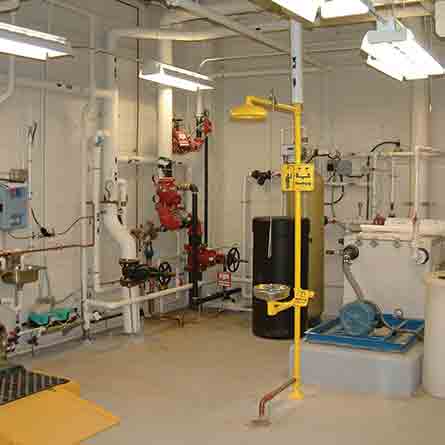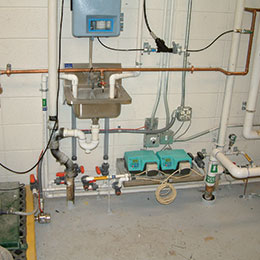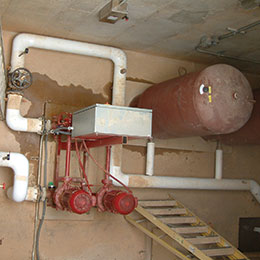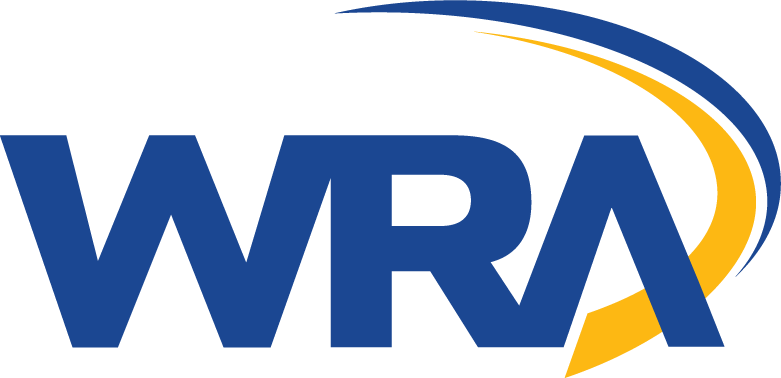Source Water Development for Howard County Schools. Howard County, Maryland.
WRA has provided planning, engineering, permitting, and construction inspection services in support of the Howard County Public Schools (HCPS) new construction and renovation program. These services have been provided at Lisbon, Manor Woods, Bushy Park, and Dayton Oaks Elementary Schools, Folly Quarter Middle School, and Glenelg and Northern High Schools. Water supply facilities for the schools have included multiple onsite potable wells at each location, with a distribution system that conveys the well water to treatment facilities located within the school buildings. Services have included geophysical testing, onsite inspection for well testing, hydrogeologic reports and capacity development reports, Maryland Department of the Environment (MDE) Water Appropriations Permit applications and new wells at five of the school sites.



Services Performed
Project Highlights
Water Treatment
The schools’ water treatment facilities have included an ion exchange system to remove manganese and iron and to absorb lead in the water, a low profile air stripper for radon gas removal, disinfection via sodium hypochlorite, and in-line sediment filtration.
Water Pumping
Each water system included a storage tank (typically 6,000 gallons and usually underground) to suit the daily water demands. A booster pumping system and associated hydro pneumatic tank was designed to meet peak water demands.
Environmental
Permits and approvals obtained for the various projects involved extensive coordination with regulatory agencies such as the MDE for the treatment facilities and wetlands impacts, and the Howard County Health Department and County Department of Public Works.
Fire Protection
Separate water storage (such as 40,000 gallon tank for Dayton Oaks) was provided for fire protection along with a dedicated fire pumping system.
Source Water Development
WRA hydrogeologists used techniques such as fracture tracing and employed subcontractor geophysicists to locate underground bedrock fractures, to find groundwater in a region where it is relatively difficult to locate adequate water supplies of water in rock.
